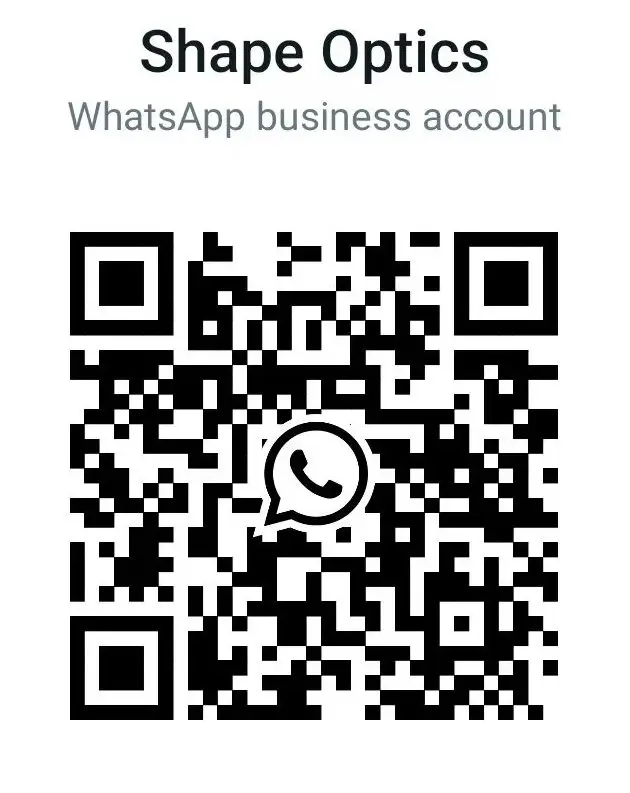Simulation of light/energy absorption is important in some optical system, such as laser cavity, photo absorption, or laser soldering, welding. From the simulation, you could know where is power is going to, and how to modify your optical system. Here is examples regarding to it, hope it will help.
Here is an example to demonstrate the use of the Detector Volume object in a simple laser flash pump model. The cavity is modeled using one toroidal mirror at each end (objects 3 and 4). Near each mirror is a Source Tube emitting rays (objects 1 and 2). In the middle of the cavity is a Cylinder Volume object (object 6) which simulates a laser crystal.

Notice also that there is also a Detector Volume (object 5) overlapping the Cylinder Volume object.
The Detector Volume Object stores incident and absorbed energy data from NSC source rays that pass through the individual voxels. The resulting data distributions may be viewed as incident flux, absorbed flux, or absorbed flux per unit volume. Detector volumes may be transparent, or be made of any valid material. Detector volumes may also be nested within or straddle other objects. Objects within detector volumes may be refractive, reflective, absorbing, gradient index, or have surface and or bulk scatter properties defined.

In this example, the Detector Volume object is a rectangular volume consisting of three-dimensional pixels called voxels. OpticStudio can record the incident flux on each voxel. In addition, if the Detector Volume is overlapped with another volume object for which transmission data has been defined, OpticStudio can record the absorbed flux for each voxel in the Detector Volume. In this case, the overlapping Cylinder Volume is comprised of BK7 for which transmission data has been defined in the Materials Catalog

Here is another example, and it is also a real project, to simulate the light absorption in Biomedical tube array illuminated from a LED array. In the tube, there is some biomedical liquids, we could see the light absorption in each well.
From our simulation and real experiment testing, both matches, and the simulation works.



If you need more info, do look for us for technical service.


